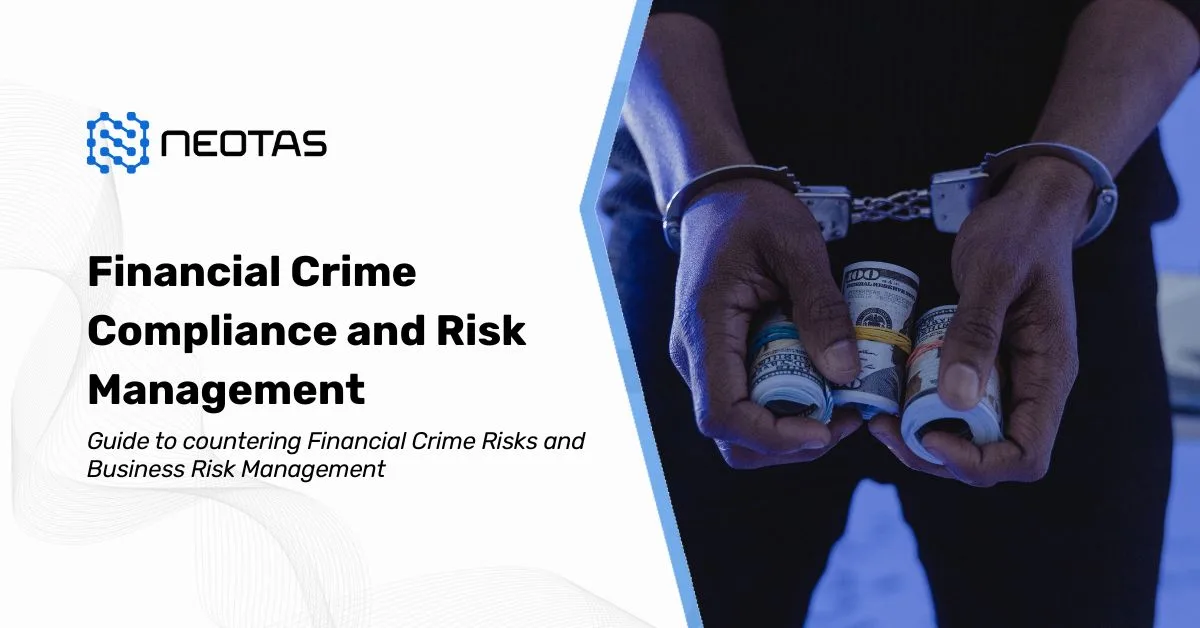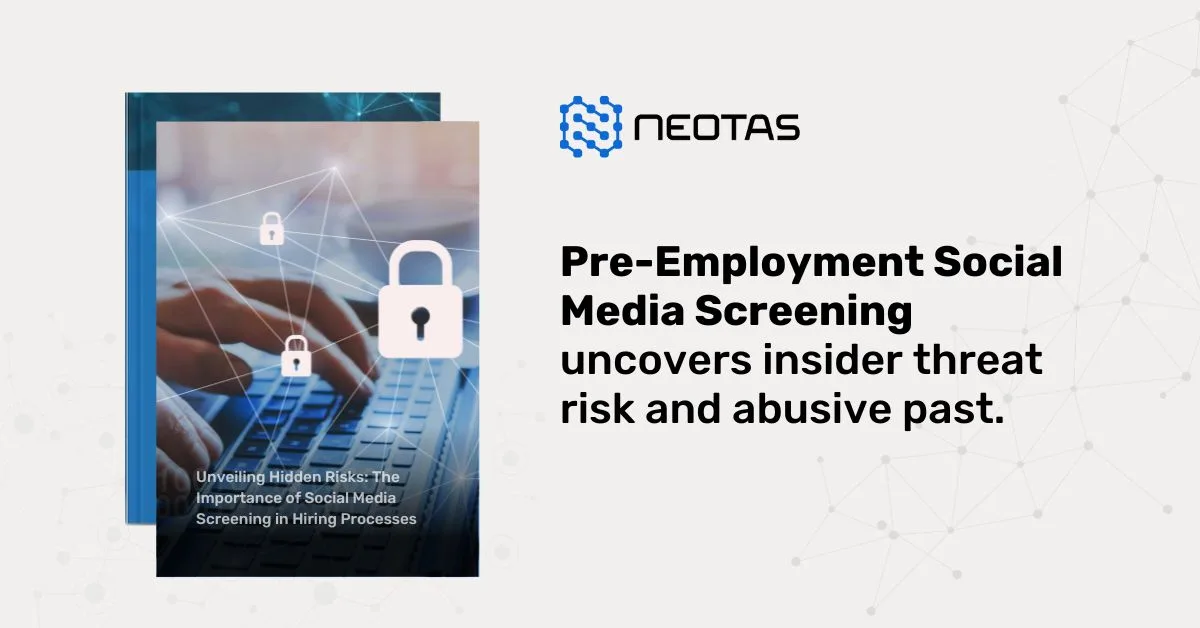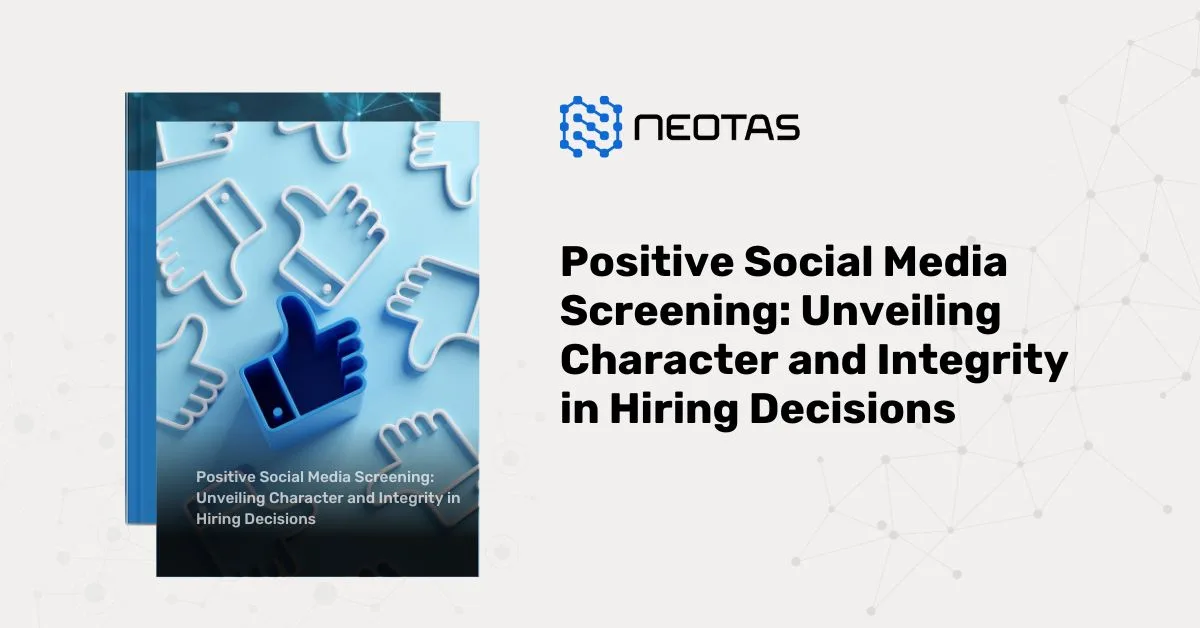Third-party vendors
Organisations across industries increasingly rely on third-party vendors to support various aspects of their operations, ranging from outsourced services and software solutions to supply chain partners and cloud providers. While these vendor relationships offer numerous benefits, such as increased efficiency, cost savings, and access to specialised expertise, they also introduce inherent risks that must be carefully managed.
Third-party vendors represent an extension of an organisation’s ecosystem, and their actions, practices, and security posture can directly impact the organisation’s risk profile. A breach, cyber-attack, or operational disruption at a vendor’s end can have cascading effects on the organisation, potentially leading to data breaches, regulatory non-compliance, reputational damage, and financial losses.
Recognising the criticality of managing third-party risks, organisations must adopt a comprehensive Third-Party Risk Management (TPRM) approach. This involves identifying, assessing, mitigating, and continuously monitoring the risks associated with their vendor relationships throughout the entire vendor lifecycle.
1. Vendor Identification and Categorisation:
The first step in effective TPRM is to establish a comprehensive inventory of all third-party vendors engaged by the organisation. This inventory should capture detailed information about each vendor, including the nature of the products or services provided, the criticality of the relationship, the sensitivity of data shared, and the potential impact on the organisation’s operations. Organisations should then categorise these vendors based on their inherent risk levels, enabling prioritisation and tailored risk management strategies.
2. Due Diligence and Risk Assessment:
Once vendors have been identified and categorised, organisations must conduct thorough due diligence and risk assessments to evaluate the potential risks associated with each vendor relationship. This process may involve the use of standardised questionnaires, on-site audits, security assessments, and the review of relevant documentation, such as security policies, incident response plans, and business continuity strategies.
3. Risk Mitigation and Contractual Obligations:
Based on the risk assessment findings, organisations should develop and implement tailored risk mitigation strategies to address identified risks. These strategies may include implementing additional security controls, negotiating contractual terms and Service Level Agreements (SLAs), conducting training or awareness programs, or, in extreme cases, terminating the vendor relationship. Comprehensive contracts and SLAs should clearly define the expectations, responsibilities, and obligations of both parties, including provisions for data protection, incident response protocols, and regular risk assessments.
4. Continuous Monitoring and Oversight:
Effective TPRM requires continuous monitoring and oversight of vendor relationships. Organisations should establish mechanisms for regular monitoring and reporting of vendor performance, security incidents, and any changes that may impact the risk profile. This includes conducting periodic risk reassessments, reviewing compliance with contractual obligations, and monitoring external sources for potential threats or vulnerabilities related to the vendor.
5. Governance and Communication:
Robust governance and communication practices are essential for ensuring the successful implementation and ongoing management of the TPRM program. Organisations should establish a dedicated governance structure, such as a TPRM committee or working group, to oversee the program’s execution, monitor its performance, and ensure alignment with the organisation’s overall risk management strategy. Clear communication channels and regular touchpoints should be established to facilitate collaboration, address concerns, and share best practices with vendors.
By adopting a comprehensive TPRM approach, organisations can effectively manage the risks associated with their third-party vendor relationships, fostering trusted partnerships, maintaining compliance, and safeguarding their operations from potential threats and vulnerabilities. However, it is important to recognise that TPRM is an ongoing process that requires a sustained commitment, continuous improvement, and a risk-aware culture that permeates throughout the entire vendor ecosystem.
Read more about Third-Party Risk, TPRM software, and TPRM processes.
Read the detailed guide on Vendor Due Diligence Checklist
Third-party vendors
How can Neotas TPRM solutions help?
Neotas offers an innovative solution to businesses grappling with Third-Party Risk Management (TPRM). In an era of increasing outsourcing, TPRM has become pivotal, and Neotas recognises this need. Through our enhanced due diligence platform, businesses can efficiently track and evaluate vendors and contractors, ensuring adherence to security protocols in a cost-effective manner.
The Neotas platform automates the vendor onboarding process, streamlining the addition of new vendors with remarkable ease and speed.
Moreover, Neotas provides a customisable dashboard, enabling businesses to proactively identify and address emerging risks. By consolidating vital vendor information, Neotas facilitates the seamless integration of risk management into existing Customer Relationship Management (CRM) and Supply Chain Management (SCM) systems, ultimately helping businesses maximise profits while minimising risk exposure.
If you’re curious about whether our third-party risk management solutions and services align with your organisation, don’t hesitate to schedule a call. We’re here to help you make informed decisions tailored to your needs.
Third Party Risk Management (TPRM) Solutions:
- Enhanced Due Diligence
- Management Due Diligence
- Customer Due Diligence
- Simplified Due Diligence
- Third Party Risk Management
- Vendor Due Diligence
- Open Source Intelligence (OSINT)
- Introducing the Neotas Enhanced Due Diligence Platform
Third Party Risk Management (TPRM) Case Studies:
- Third Party Risk Management (TPRM) Using OSINT
- Open-source Intelligence For Supply Chain – OSINT
- ESG Risk Management Framework with Neotas’ OSINT Integration
- Open Source Intelligence In AML Compliance | Case Study
- Identifying Difficult And Dangerous Senior Managers
- ESG Risk Investigation Uncovers Supply Chain Risks
- Financial Crime Compliance & Risk Management Trends
- Network Analysis Reveals International Links In Credit Risk Case
- Network Analysis and Due Diligence – Terrorist Financing
- Using OSINT For Sources Of Wealth Checks
- ESG Risks Uncovered In Investigation For Global Private …
- PEP Screening: Undisclosed Political Links Uncovered For European Organisation
- Risk-Based Approach (RBA) to AML & KYC risk management
- Anti-Money Laundering (AML)
- Supply Chain Risk Management
- Due Diligence Explained: Types, Checklist, Process, Reports





























